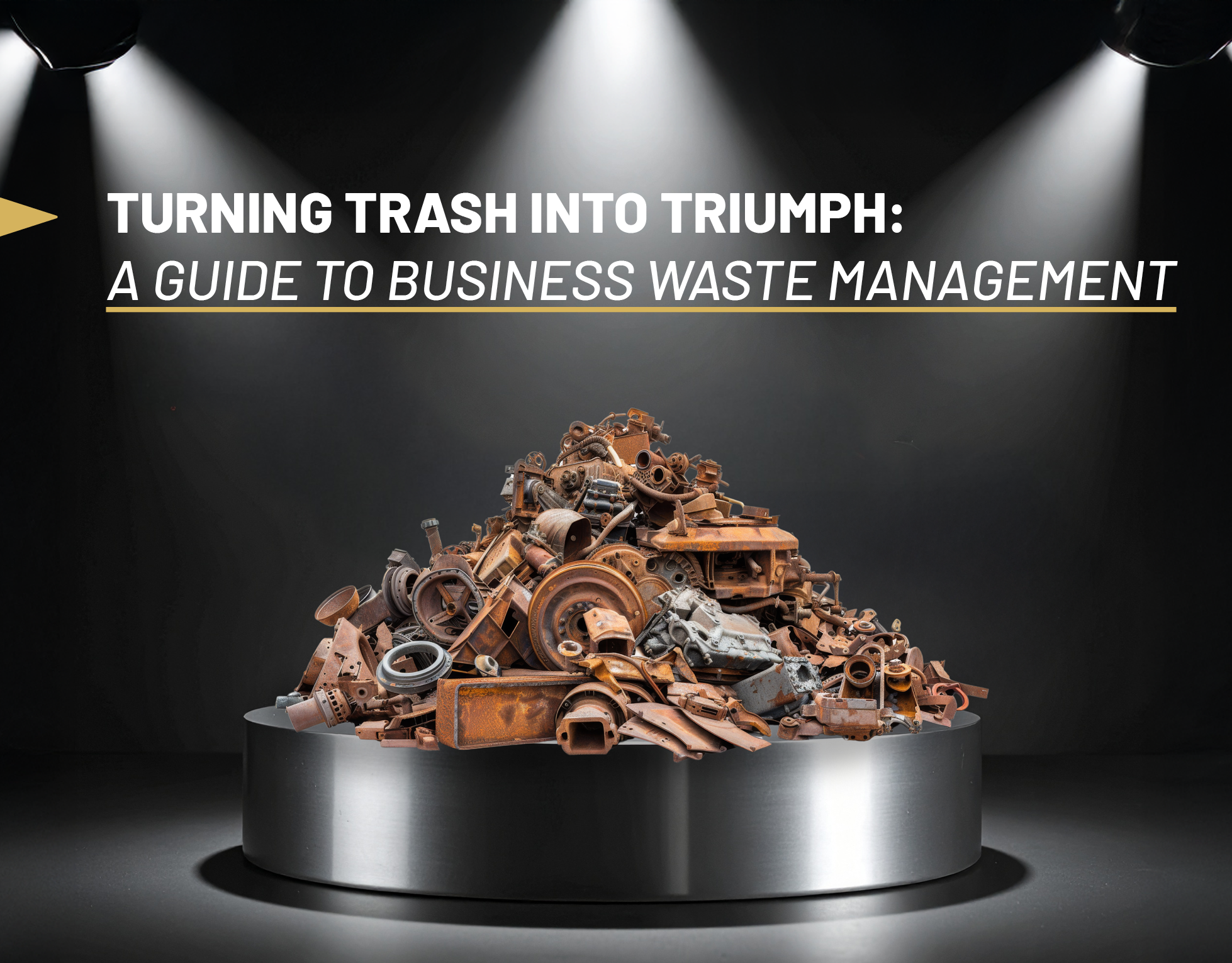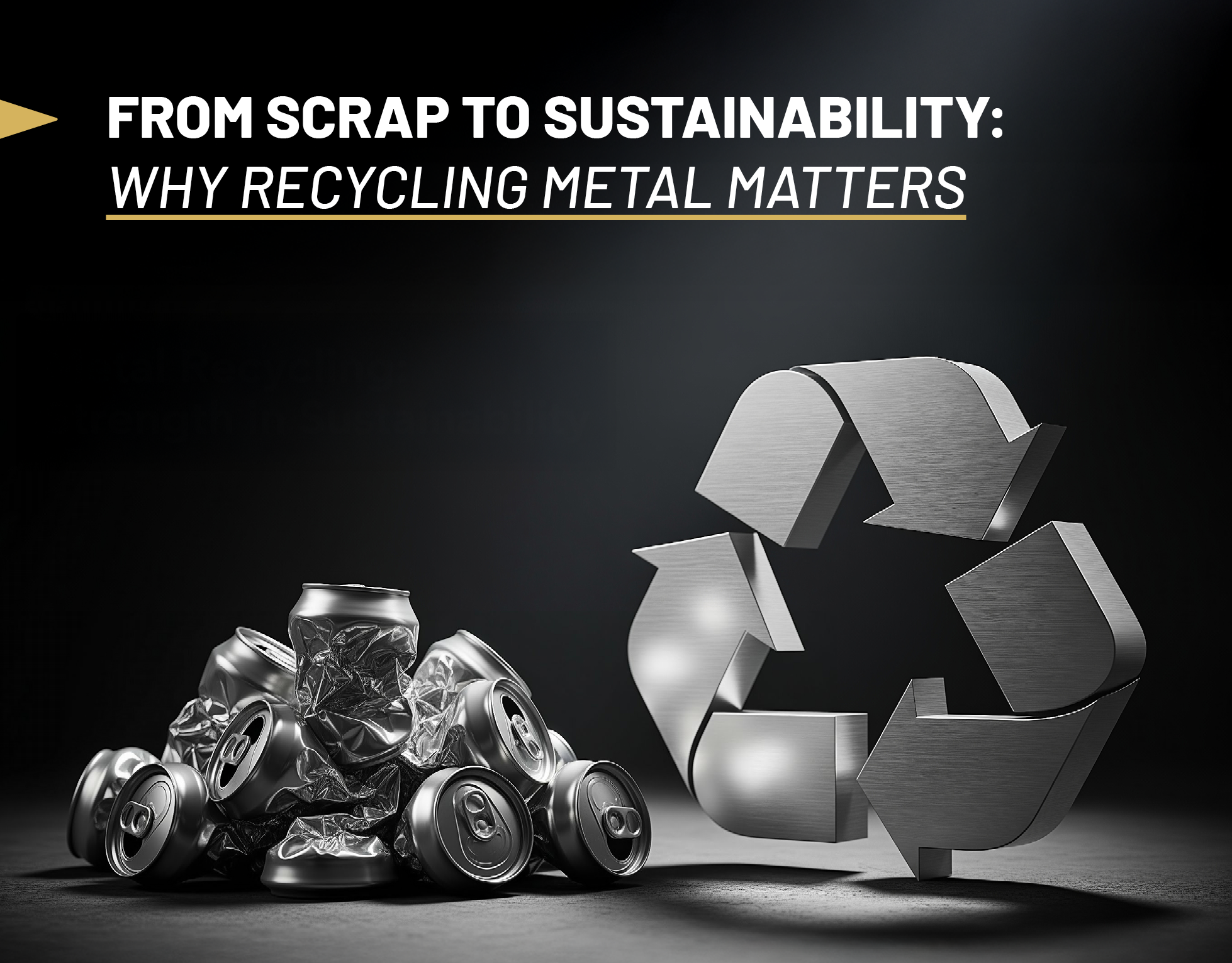
Opening Doors Through Education: How AIM Supports Students and Families
At American Iron & Metal Company Inc. (AIM), we believe in building a brighter future, not only through responsible recycling,...
Read Article

Opening Doors Through Education: How AIM Supports Students and Families
Read Article

Turning Trash into Triumph: A Guide to Business Waste Management
Read Article

From Scrap to Sustainability: Why Recycling Metal Matters
Read Article